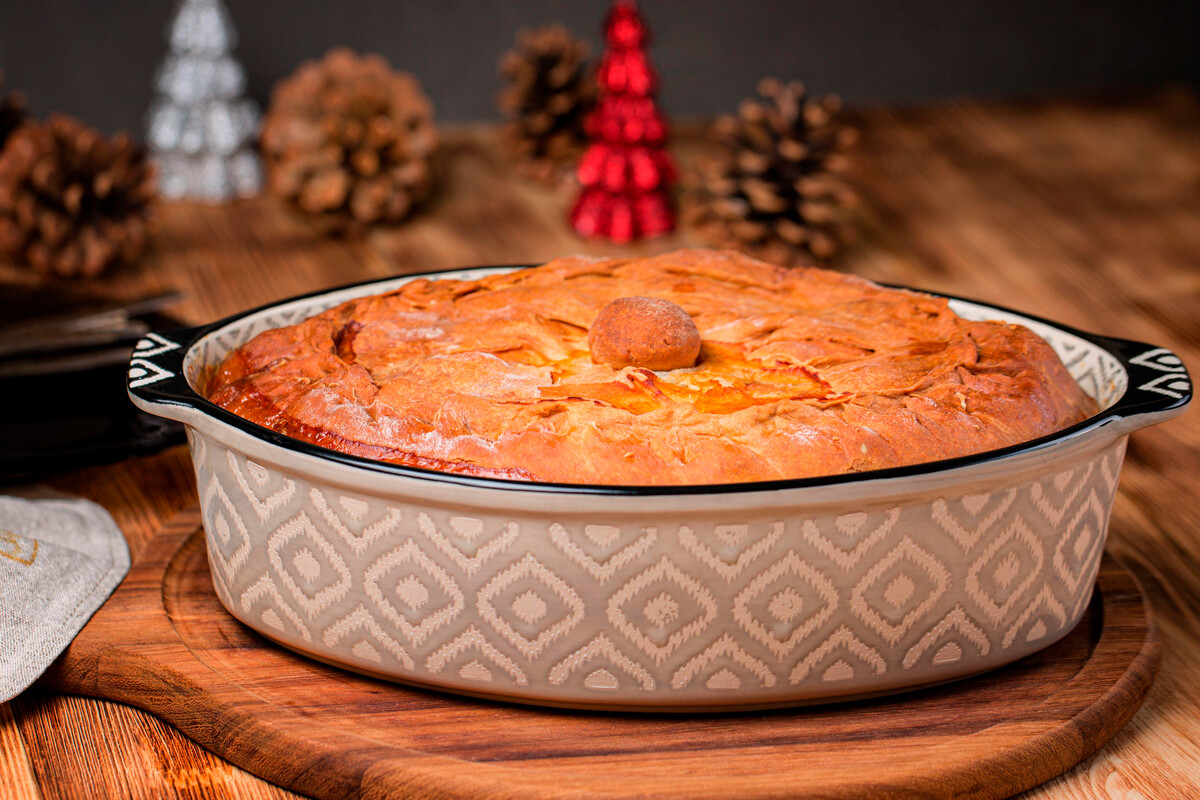
Big and small pies are always prepared for feasts in Tatarstan: zur belish, echpochmak, gubadia. The main festively decorated pie with a lid is zur belish, translated from Tatar as "big pie". For the classic stuffing they use beef, but on special occasions they replace it with duck or goose, or prepare a mixture of several varieties of meat. And then combine it with potatoes, grits, pumpkin or cabbage.
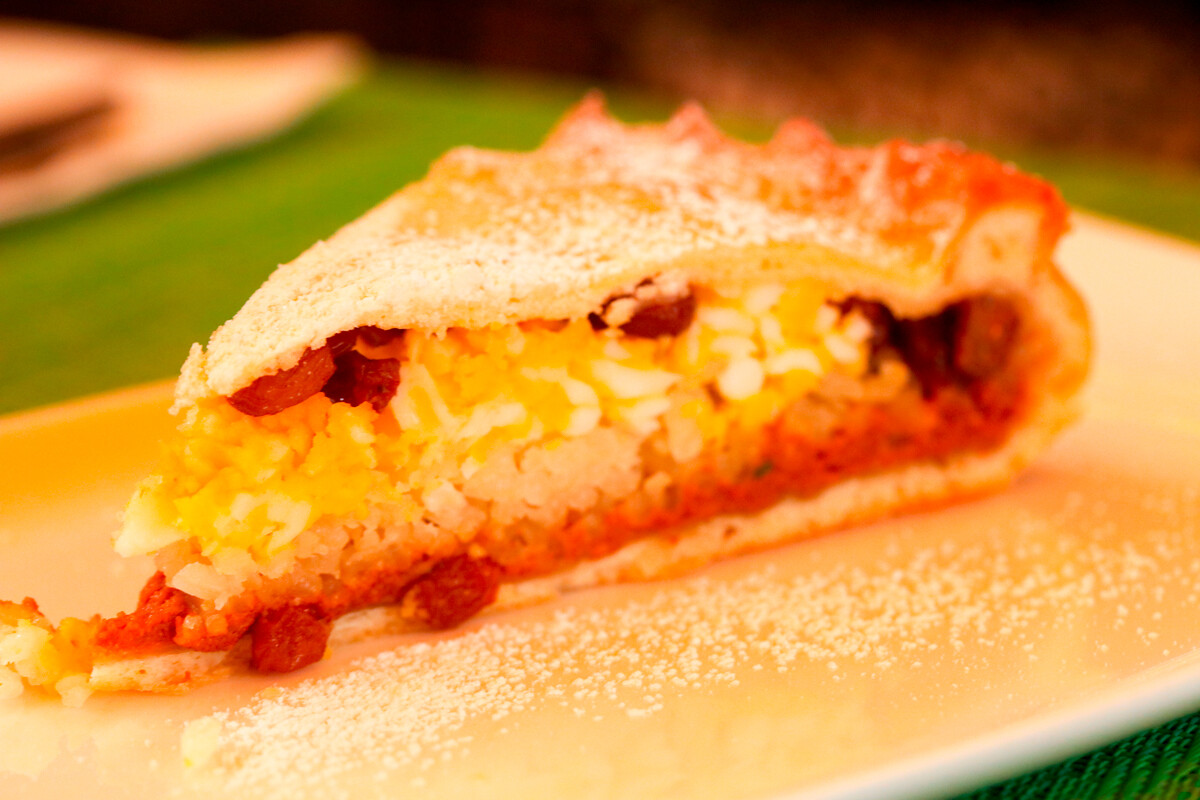
This sweet pie is popular in Tatarstan, Bashkiria and Chuvashia. For New Year's Eve it’s prepared most often from unflavored dough with a sweet filling. The latter consists of rice, eggs and red cottage cheese (tvorog), which is made from milk and katyk. Cottage cheese made from ryazhenka will also do. Cottage cheese is mixed with dried fruits - raisins, apricots and prunes.
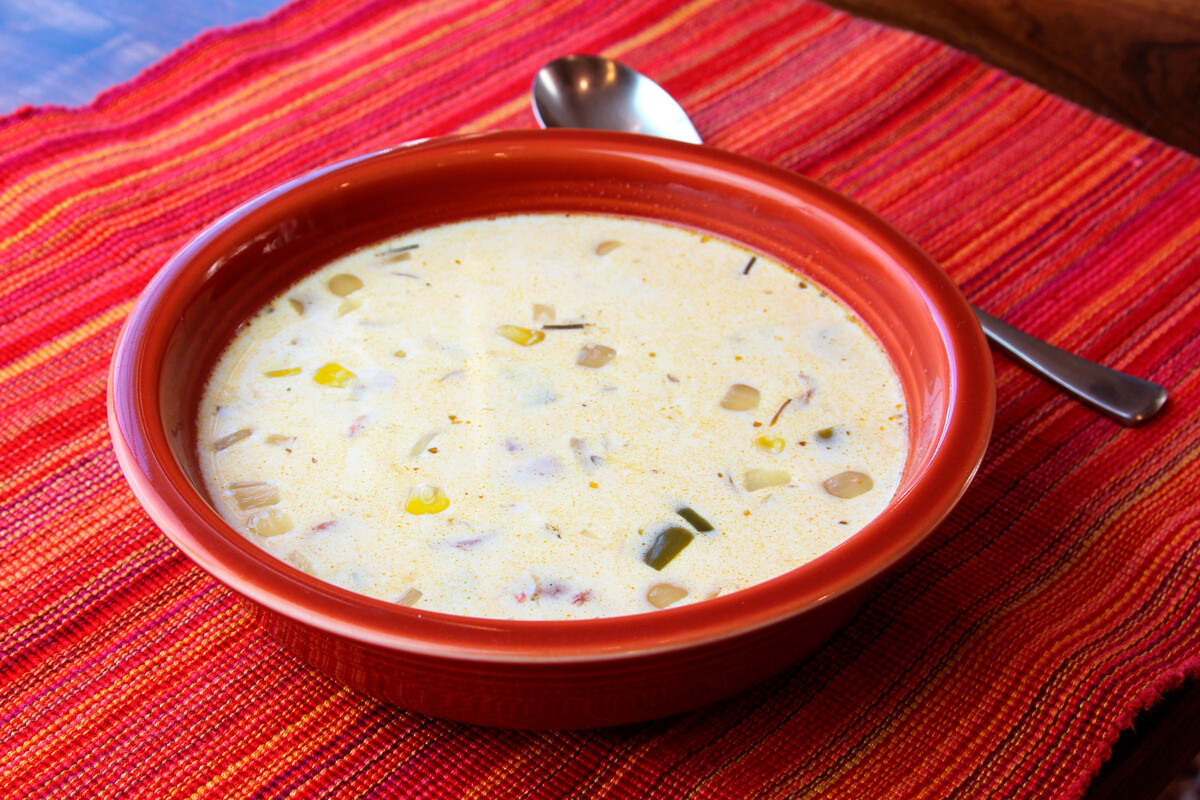
In the Republic of Adygea and in the Krasnodar Region in the South of Russia, ashray is usually prepared for big holidays. It’s a thick onion soup with milk, beans and cornmeal. The beans are cooked in the meat broth for an hour and a half, and the soup is diluted with milk or kefir. Onions are added before eating. No matter how many dishes are on the holiday table, ashray is a must. The dish is prepared in large quantities and then shared with neighbors. It’s believed that the more soup you distribute, the more prosperity the family will have.
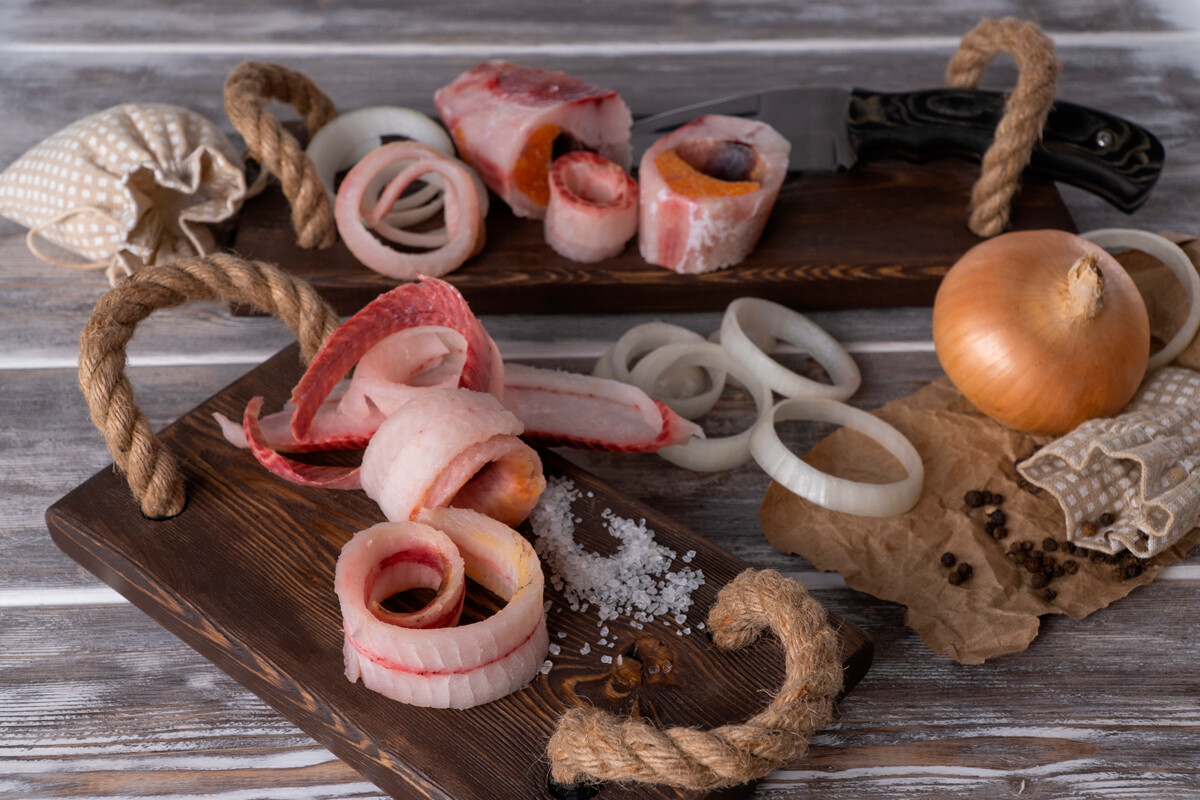
In Yakutia, for the holiday table they serve stroganina - thinly sliced pieces of frozen fish or meat. For fish stroganina, they use nelma, muksun, omul, sturgeon, vendace or whitefish. For meat stroganina, they use a variety of foals.
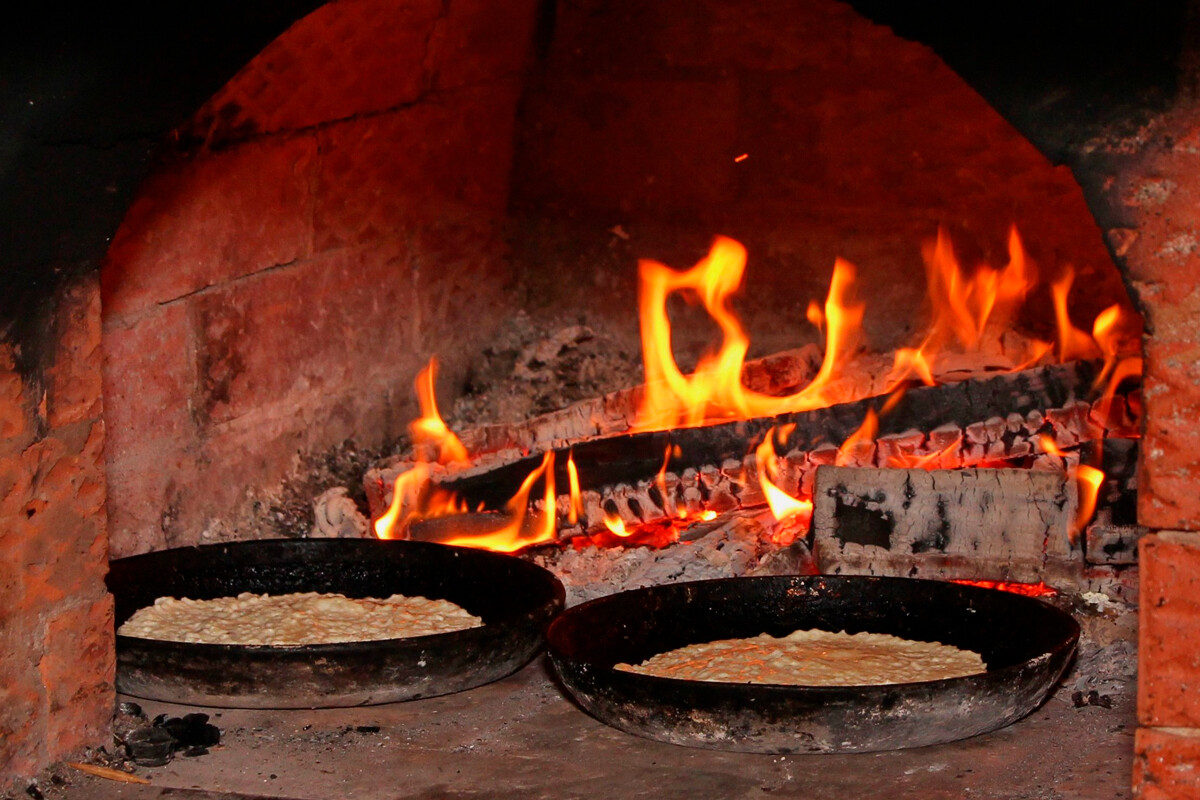
This dish is cooked in the Republic of Mari El, and consists of three pancakes made from different kinds of flour baked in the oven. At the end, a ball of cottage cheese is placed on the top as a symbol of the Sun. It is served with salty and sweet sauces.
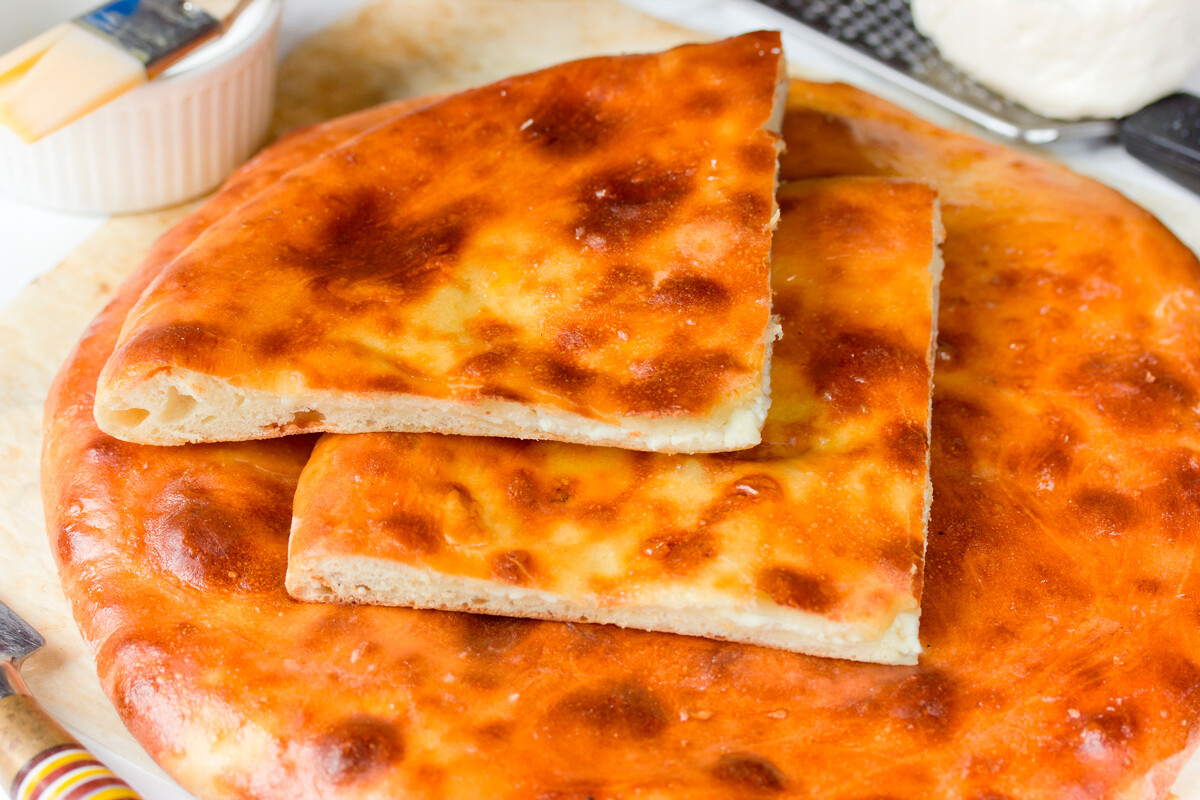
In Ossetia, these three pies with cheese are nearly obligatory for the holiday table. The number ‘three’ symbolizes God, the heavens with the sun, and the Earth. Also, coins or jewelry are often placed in the New Year’s pies, and it’s believed that the one who gets the surprise will be lucky next year.
RECIPE FOR OSSETIAN PIE WITH CHEESE AND POTATOES
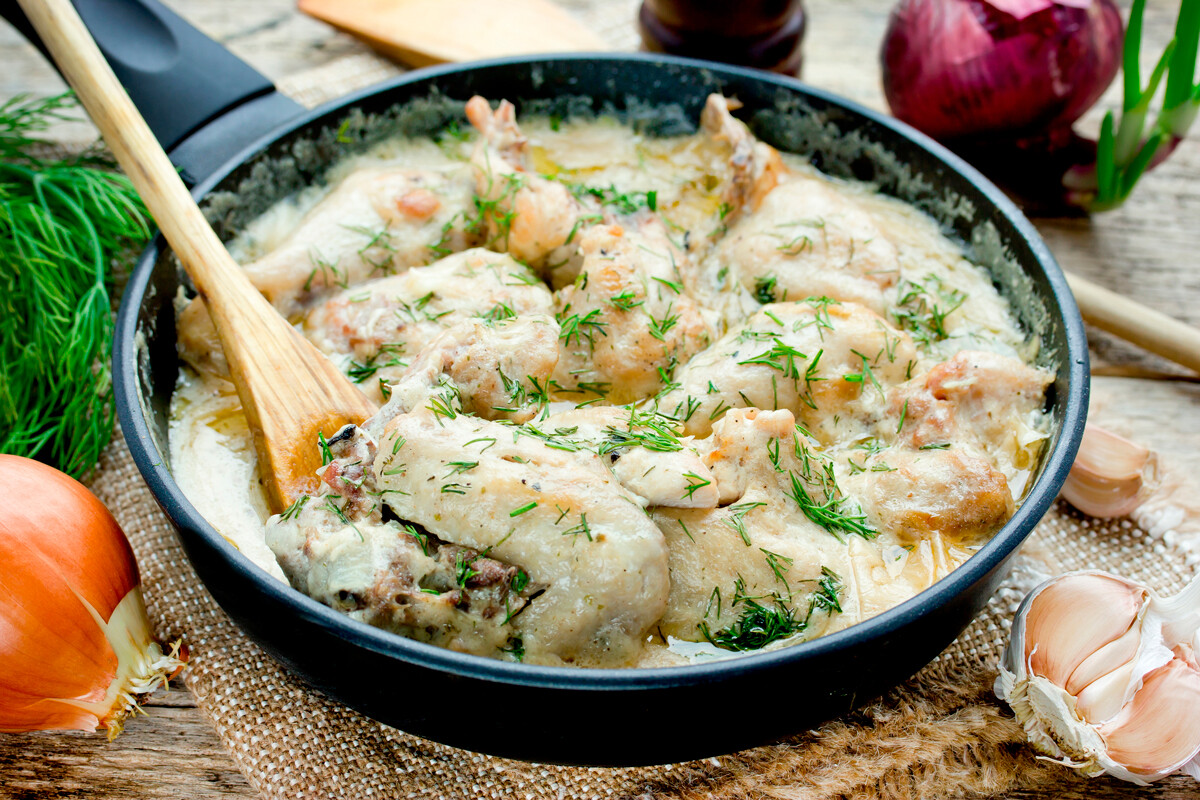
This is a chicken stewed in a sauce made of sour cream and flour. It’s served with a thick sauce of corn and semolina, or flour and onions. Libzha is popular in many regions of the North Caucasus.
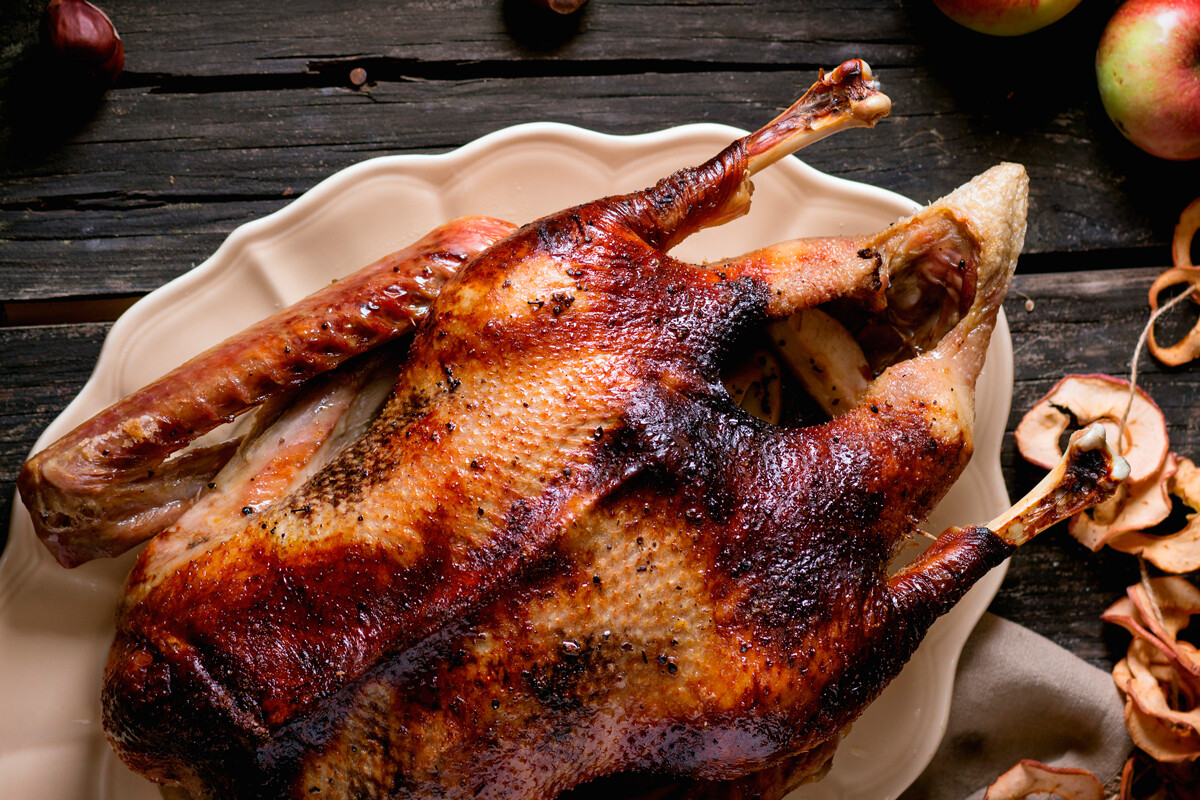
In Udmurtia, for the New Year's table the locals cook "Ryzhem zazeg," which means "roasted goose" in the national language. Previously, when Udmurts were pagans this dish was prepared on major holidays as a sacrifice to the gods. Now it can be found not only at family feasts, but also in local restaurants. The holiday goose is stuffed with porcini mushrooms and grits, such as pearl barley.
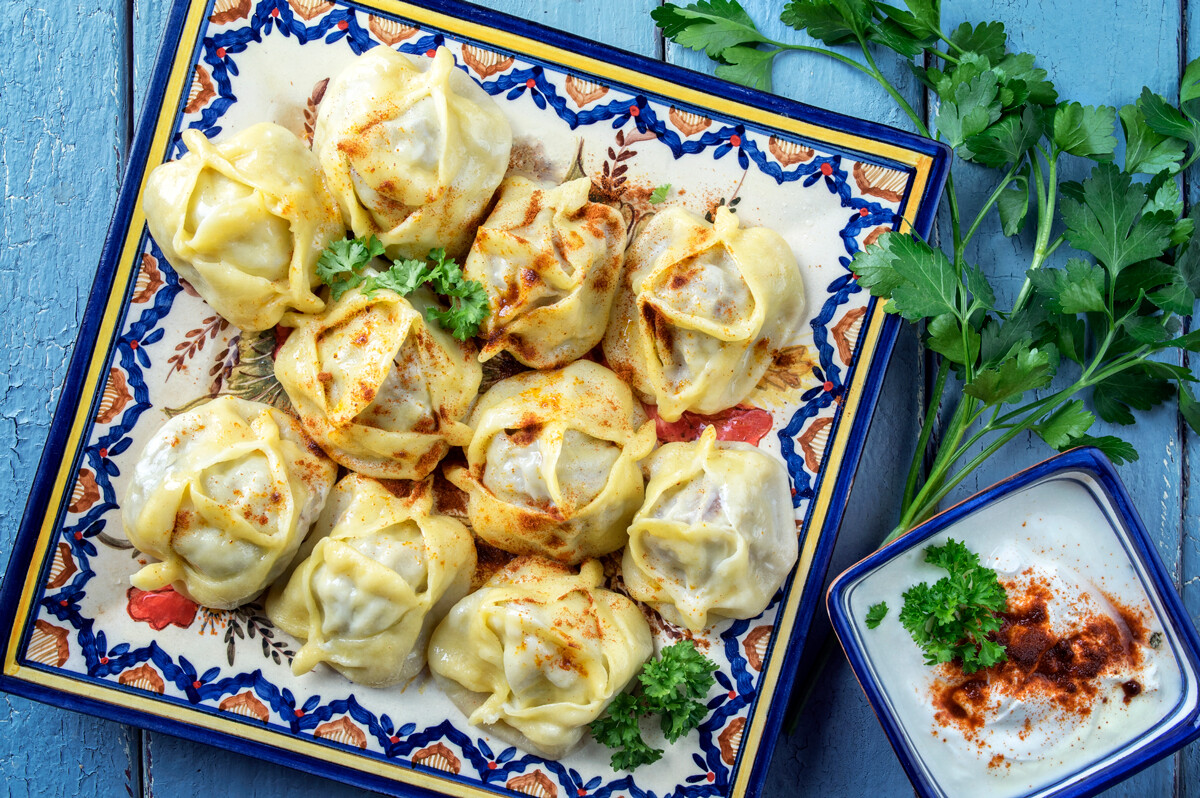
Dumplings on the New Year’s table is a tradition in many Siberian families. So is the "lucky dumpling" with a surprise. They are molded by the extended family, making hundreds or even thousands, and then frozen. Recipes may vary - some add ice, some cook with three kinds of meat or with moose.
Besides Siberia, local dumplings are prepared for the holiday in many regions: in Dagestan they are called kurze (tomatoes are added to the stuffing), and in Buryatia -pozy or buuzy (with lard in the stuffing).
READ MORE: YOUR COMPLETE GUIDE TO RUSSIAN DUMPLINGS
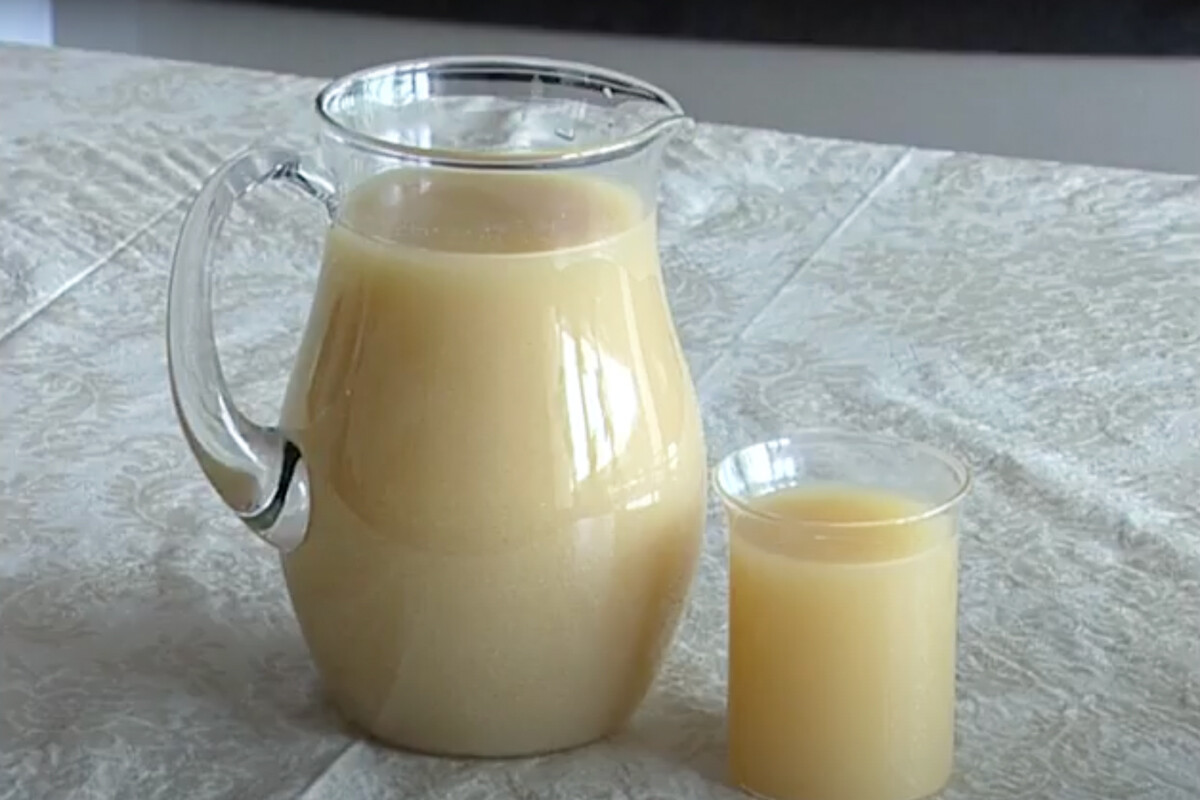
Many Russian families welcome the New Year with champagne. In the North Caucasus, the Adygs prefer makhsyma, a low-alcoholic drink. It’s made from corn and millet flour with the addition of honey, malt, and spices.
Dear readers,
Our website and social media accounts are under threat of being restricted or banned, due to the current circumstances. So, to keep up with our latest content, simply do the following:
Subscribe to our Telegram channels: Russia Beyond and The Russian Kitchen
Subscribe to our weekly email newsletter
Enable push notifications on our website
Install a VPN service on your computer and/or phone to have access to our website, even if it is blocked in your country
If using any of Russia Beyond's content, partly or in full, always provide an active hyperlink to the original material.
Subscribe
to our newsletter!
Get the week's best stories straight to your inbox